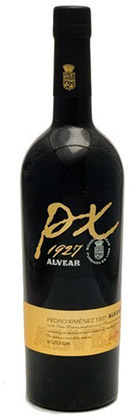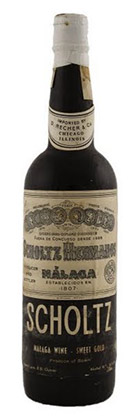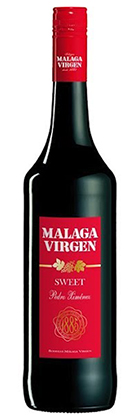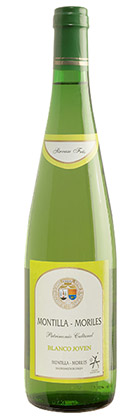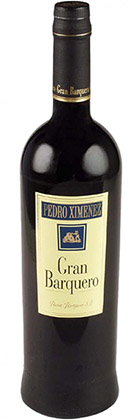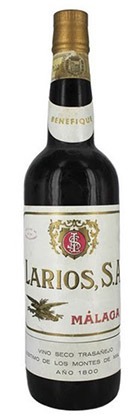Refreshing white wines from Galicia
The first time you experience Galicia, you might be convinced that you've taken a wrong turn somewhere and landed in Ireland. You would not be too far oft base to think the same thing, especially in the cities where the locals drink cider and eat lobster and oysters while being serenaded by someone playing a gaita (Galician bagpipe). Galicia was inhabited by the same Celtic tribes that settled the whole of the European west coast and they were called Celtiberians by the invading Romans. Galicias international fame comes from the famous Camino de Santiago which concludes at the tomb of St. James at the cathedral in Santiago de Compostela. What most people may not know is that the white wines produced in this wet, green region are not only considered to be the best in Spain, but when speaking of Albariño (al-ba.reen.yo), world class wines as well.
Galicia contains five DO (Denominación de Origen) located mainly on the coast or in the stunningly beautiful river valleys. Grapes have been grown here for well over 2000 years, but there are no records of export until the 14th century. After the destruction by the Phylloxera louse in the late 18th century many vineyards were replanted with Palomino grapes (from Jerez) and other high.yield hybrids. The 19th century saw mass depopulation of the area and many vineyards were abandoned for many years after. Many native grape varieties, including Godello (go.day-oh) and Albariño were nearly lost at this time. When Spain joined the EU in 1986, much needed funds were used to modernize adegas (bodegas) and to re-plant hardy, native grape varieties. In 1988 RIas Baixas (Ree.ass By.shass) was given DO status and thanks to the popularity of Albariño, between 1987-2012 the vineyard area there grew from 237 ha to 4,050 ha.
Of the 16 grape varieties permitted in Galicias DO areas, both white and red, we will only be taking a closer look at the white wine grapes: Godello and of course Albariño, queen of Galicia. Remember that 85%-90% of all wine produced here is white, and is either single varietal, or blends of up to six different grape varieties. Most are young and fresh while others have some oak aging.
Albariño reigns supreme in the RIas Baixas DO, accounting for 90% of vineyard area. By itself, Albariño produces a fruity, fragrantly perfumed, dry white wine with aromas and flavours of orange blossom, honeysuckle, lemongrass, bergamot, apricot, green apple, and with mineral (stony) notes from the granite soils and some say, even a hint of salinity from the sea. Maybe that is why it pairs so incredibly well with seafood. It has high acidity and a medium full body.
Let me give a quick explanation about the "body", or "mouth-feel" of a wine, because these terms are used a lot in wine lingo, and can be confusing. When the "body" of a wine is described, usually it is light, medium or full. The best way to understand these comparisons are by using a glass of water and a glass of whole milk. When you swish water around in your mouth, this is what a "light" body feels like; wines like Sauvignon Blanc, Reisling or Palomino. When you swish whole milk around your mouth, this is what "full" body feels like; wines like Semillon, Chardonnay or Gewurtztraminer.
When harvested, Albariño is generally treated with kid gloves, grapes are lightly pressed in chilled pneumatic presses and left to macerate for several days to gain more aromatic complexity from their skins. Many of the top adegas use only local wild yeast for fermentation, which is carried out in temperature controlled stainless steel tanks. Some adegas will age the wine in the same tanks along with the lees (used yeast cells from the wine making process) for 2-3 years before release. This step keeps the wine fresh and adds complexity to the aroma and taste. In the best years with a very ripe harvest, some wines are aged in Galician oak, usually large old casks, that mellow the wine and concentrate the flavours of the wine, without being overpowered with flavours from the oak. You can also find good Albariño from Ribeira Sacra DO.
Here, I also must give a nod to Portugal, that also grows Alvarinho mostly in the Minho region. It is allowed in the blend for the conic Vinho Verde and is also used to make sparkling wines.
The furthest inland DO, Valdeorras is where the Godello grape shines, and many vineyards are being aggressively replanted with this grape as it regains its popularity. This is honestly one of my favourite white wines from Spain, it has a fuller body than Albarino and to me, more complexity. It can be crisp and acidic with lots of minerality from the slate heavy soils topped with flavours of mouth-watering lemon rind, citrus and grass (think fresh mown lawn). My best comparison wine would be Chablis from Burgandy, France. When the grapes are harvested very ripe, they may see some aging in small new oak casks, imparting more flavours from the oak to the wine. However this must be done carefully or the wine can be overpowered by the spicy, woodiness of the oak. It should be a delicate balance of fruit and oak with a full body and the ability to further age in the bottle. The closest comparison would be Viognier or Chardonnay from France. You can also find good Godello from Monterrei DO and Ribeira Sacra DO. In Portugal, this is the same grape as Gouveio or Godeiho grown mainly in the Douro where it is used in white blends.
Pair both of these wines with seafood, seafood and more seafood; especially Galician specialities like Pulpo a Ia Gallega (octopus), Almejas (clams) cooked in white wine, garlic and butter, Mejillones (mussels) al vapor with lemon wedges, La Vieira (scallops) on the half shell baked with onion, breadcrumbs, parsley and butter, raw oysters, and fresh fish of any type. Not a seafood fan? Pair them with Tetilla cheese from Galicia, fois gras, pate or fried chicken and potato salad.
Needless to say with the popularity of these wines, prices can go sky high, and with top producers making small batch, single vineyard wines, they most certainly do. It is possible, however, to find good entry level wines for under 10 euros. Some producers to check out for Albariño are Martin Codax, Mar de Frades, Paco & Lola, Santiago Ruiz, and Zarate. For Godello try Val do Sil, Godeval, Gaba do XII, Casal Novo, Louro do Bob. The price of the wine will also give you an idea of its longevity. Both wines if inexpensive should be drunk within 1-2 years of release. More expensive wines with oak aging could be cellared for 3-5 years or longer.

